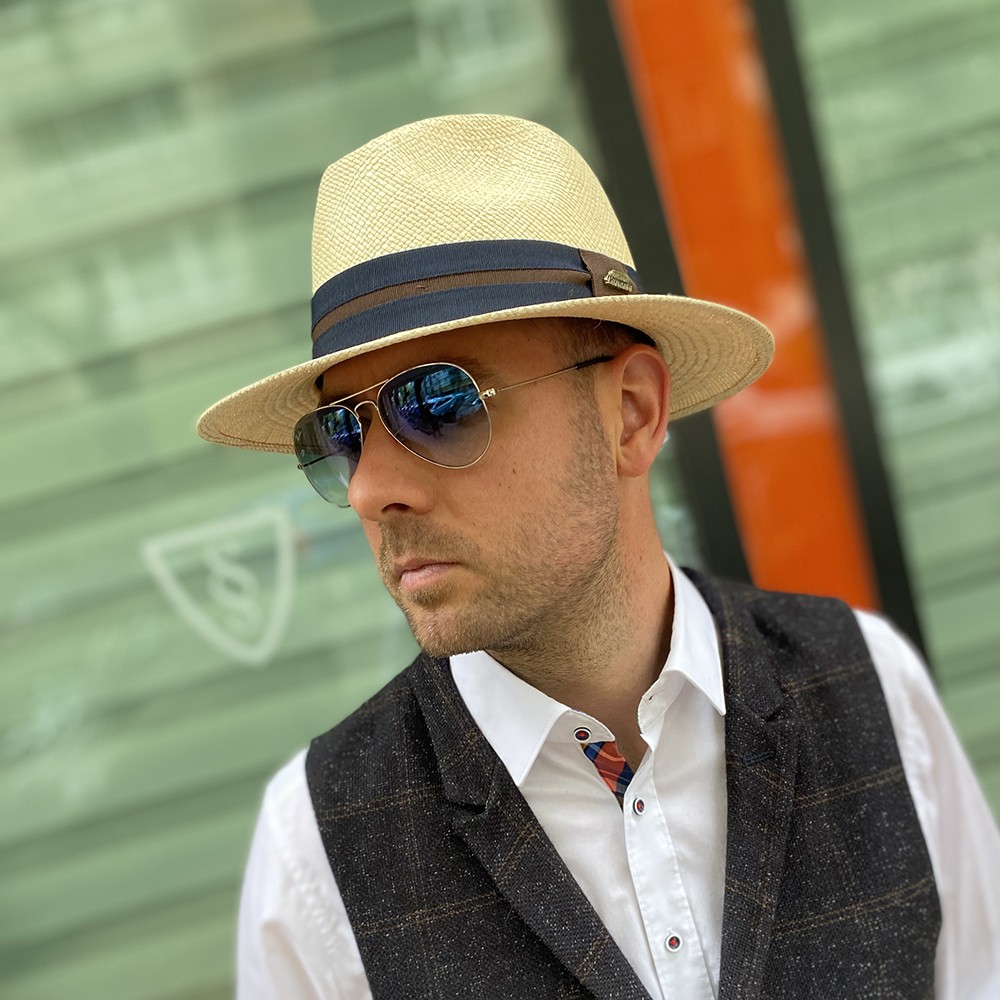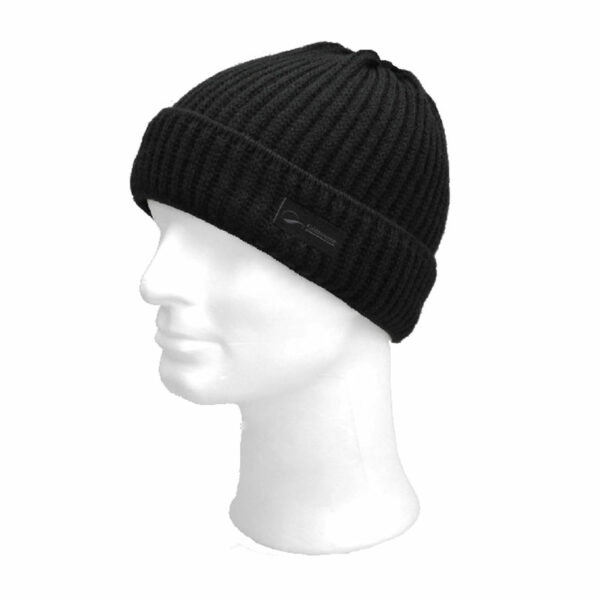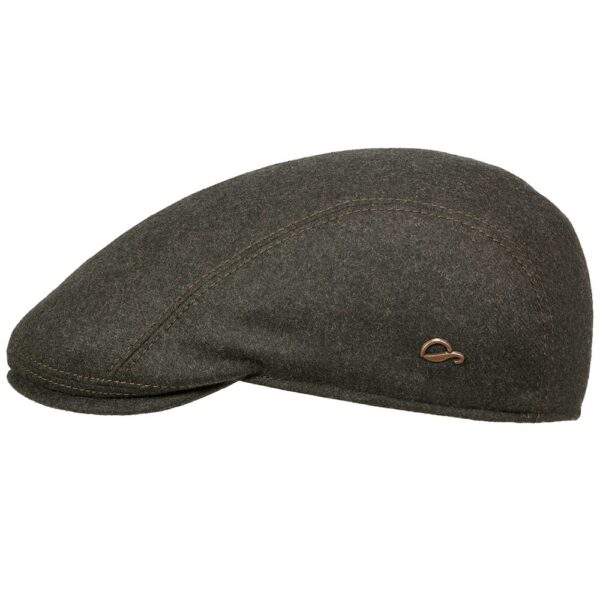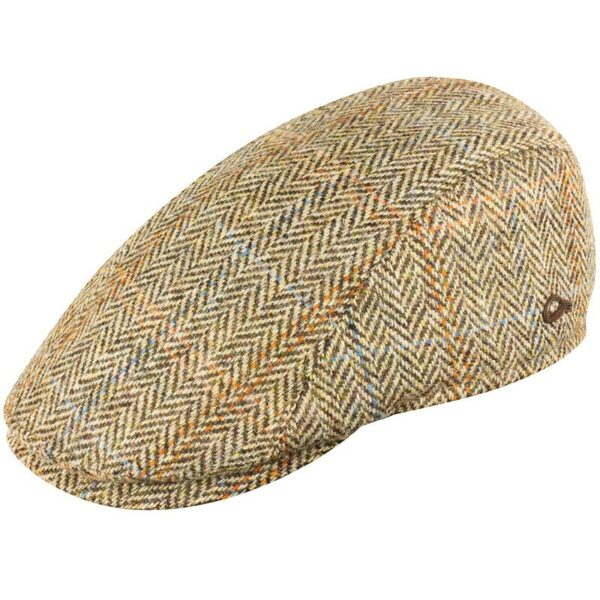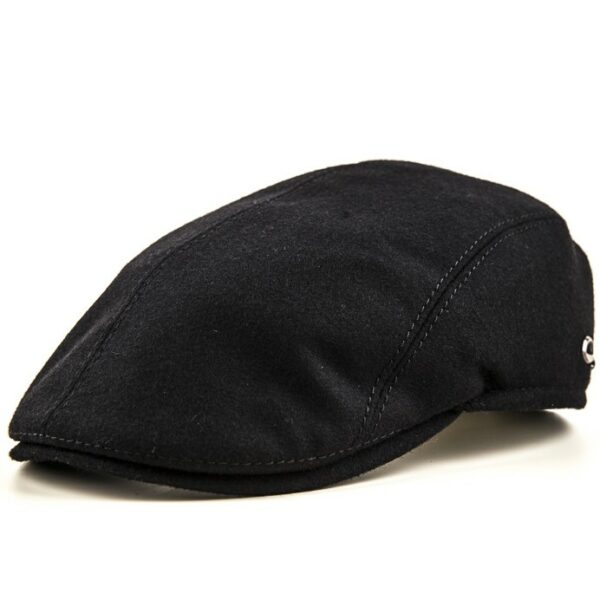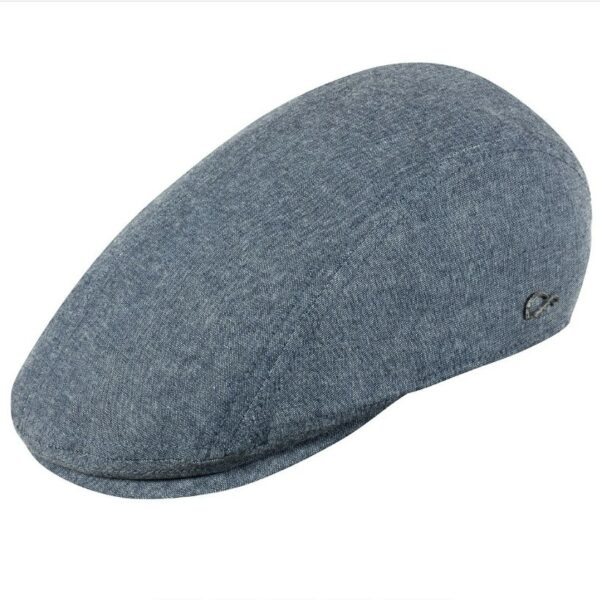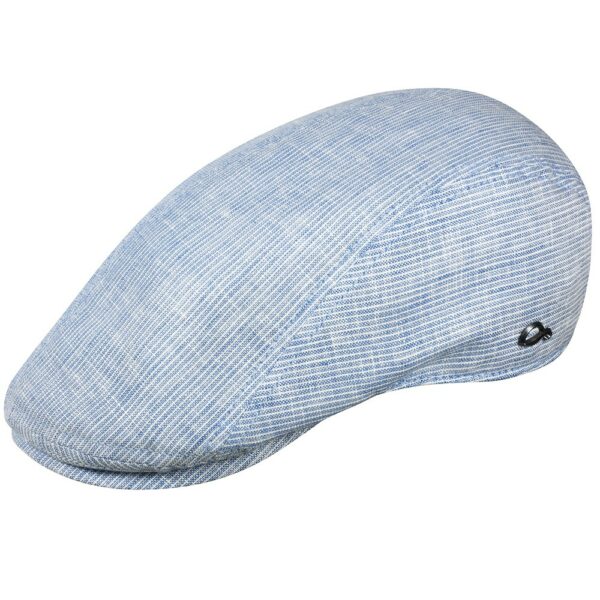Description
Göttmann 100% original Panama hat blue-brown ribbon
How and where is a Panama hat made?
In Ecuador, the Panamanian hat was and still is braided mainly by women. Men also weave hats, but women are more skilled at it. Women are taught to weave hats from an early age and, over time, become very skilled at this craft, as it provides them with a good income.
The Panama hat, made from palm leaves, is not from Panama, but from Ecuador. According to legend, it got its name when Ecuadorian merchants sold them to workers on the Panama Canal to protect their heads and necks from the scorching sun. Panama hats are made from a plant called Carludovica. This American plant grows in damp, shady places, has a low, stalkless, palmate bush-leaf 1.25 metres wide and stems 3 to 4 metres long. It is from this plant that Panama hats are made. The stems of the plant are split and then the thin ribbon-shaped parts of the stems are spun into a hat. The top is made first, then slowly and carefully the rest of the hat, as care must be taken to ensure that the fibres are always gently intertwined. The value of the work depends on the thinness of the threads and the delicacy of the weave. The quality of a classic headgear depends, among other things, on the colour of the fabric and the shape of the part covering the head.
The Panama hat is back in fashion…
With the weather getting warmer, the legendary Panama hat, with brim and ribbon, is in increasing demand in British shops. The Panama hat was once worn by the likes of Sir Winston Churchill, Al Capone and Ernest Hemingway. For men, the panama hat is a real hit with linen trousers or white suits all over the world, as it evokes the past and, let’s be honest, gives men a slightly ‘gangster look’, adding to their masculine strength and charisma. But nowadays it’s also worn with more casual wear, like shorts and a T-shirt. With any outfit, it’s the best protection against the blazing sun when it comes to hats.

